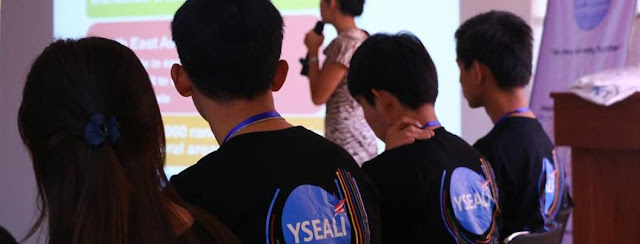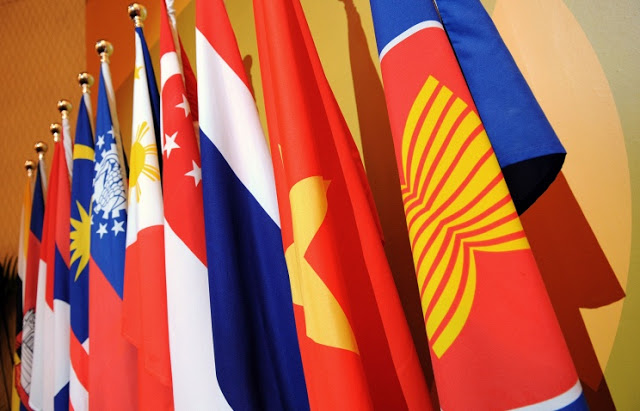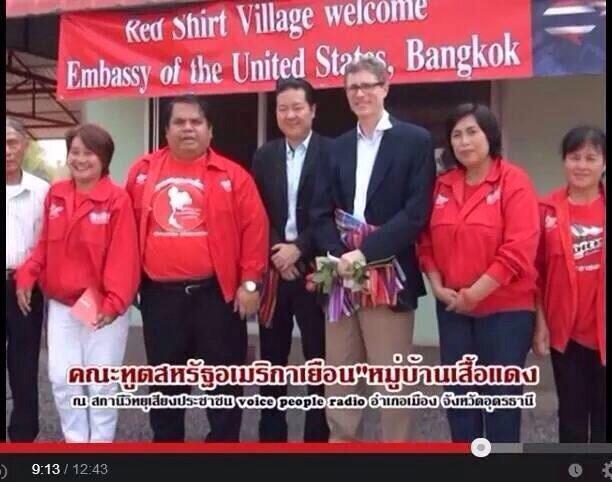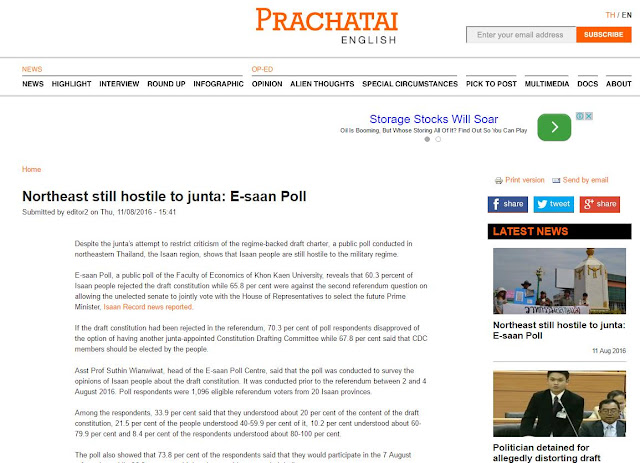While the US could accurately be described as a global power in decline, the ambitions of prominent special interests at the center of its economic and political power still pose a potent threat to global stability and national sovereignty worldwide. In Asia particularly, despite a clear shift in a regional balance of power that has persisted for nearly a century, the US is still actively involved in attempting to dictate which governments come to power in respective nation-states and how they rule and all in an attempt to create a balance of power in Asia that serves US interests.
From Myanmar to Vietnam, US Ambitions Still a Clear and Present Danger
US ambition to transform Asia manifests itself in a number of ways. In Malaysia, it has been fueling for years the so-called Bersih movement and its campaign for “clean and fair elections.” While the movement attempted to appear spontaneous and independent of any political party, it was quickly revealed that its core leadership was funded by the US State Department via the US National Endowment for Democracy (NED) and Open Society. It was also revealed that Bersih was in fact an auxiliary front of a political coalition headed by US-backed opposition leader Anwar Ibrahim who quite literally led the protests in the streets himself.
Extensive US support has been provided to the now ruling government of Aung San Suu Kyi in Myanmar, including the creation of Suu Kyi and her National League for Democracy’s (NLD) entire media capabilities. Pro-NLD media platforms created and funded annually by the US government include the New Era Journal, the Irrawaddy, and the Democratic Voice of Burma (DVB). It was also revealed that Suu Kyi’s Minister of Information, Pe Myint, was quite literally trained in Bangkok by the US government-funded Indochina Media Memorial Foundation, which now co-occupies the Western media’s Foreign Correspondents Club (FCCT) office in Bangkok.
In Thailand, in addition to the substantial lobbying support the above mentioned FCCT provides ousted US-backed regime of Thaksin Shinawatra and his also-ousted sister, Yingluck Shinawatra, the US government funds a large number of supposed “nongovernmental organizations” (NGOs) in a bid to create the illusion of a legitimate, pro-democracy opposition. The Shinawatra family also enjoys continued lobbying support from Washington, with influential firms having registered on their behalf every year since at least as early as 2006.
Currently, US lobbyists are still active in supporting the Shinawatra regime and their political supporters within Thailand. The Shinawatra’s themselves are still positioning themselves to retake power, and the US media is still turning out a large amount of content aimed at setting the stage for continued political conflict within the country.
In Cambodia, opposition leader Sam Rainsy has received years of support from the US government and America’s European allies, including regular political and media support from the US State Department’s Voice of America (VOA) network.
Indonesia strains under pressure put on the government and society by US and Saudi-backed groups capable of mobilizing large numbers of protesters both to augment their own political power and to put pressure on the current ruling government in a bid to role back growing ties between Jakarta and Beijing.
And while Vietnam lacks any clearly visible, central opposition figure, the US has steadfastly built up an opposition movement with which to pressure the Vietnamese government.
Cultural Colonization via YSEALI
Collectively, across the entire Southeast Asian region, the US is engaged in what some analysts have called “cultural colonization,” particularly with a program it calls Young Southeast Asian Leaders Initiative (YSEALI) in which the US State Department actively recruits, indoctrinates and directs young Asian students and professionals toward building a pro-Western opposition front. This includes a program called “Generation: Go NGO!” in which the US creates and directs a growing network of US government funded fronts posing as “nongovernmental organizations.”

Mirroring a modern day version of the very sort of imperial networks constructed by the British Empire across Asia, America’s reach into Asia seeks to reinvent and reassert Western domination across Asia Pacific. Not only does it seek to dominate the respective people, resources, economies and politics of nations in Southeast Asia, but it also seeks the creation of a united front with which to encircle, contain and eventually displace Beijing’s growing influence in the region.
Asserting Economic Hegemony via the TPP
The Trans-Pacific Partnership (TPP), a decidedly US dominated project, sought to string Asian states together in an economic alliance opposed to China’s rising regional and global influence. The deal’s details were introduced and brokered in secret, contravening any sense of self-determination for those nations and people subjected to it. Ultimately, the inequitable conditions of the deal required coercion and bribery to move forward, and despite great efforts, it appears that it will not likely succeed.
Nations like Thailand have categorically refused to sign the deal thus far, and nations like Vietnam who had initially promised to sign it, have wavered. The US’ desperation in moving through deals like the TPP may also explain the expansive networks it has constructed and continues to construct to apply pressure on both Asia as a region, and each nation individually.
Combating US Primacy
Such aspirations are more than mere speculation and are instead derived from the writings of prominent US policymakers, including Robert Blackwill who in 2015 penned an entire paper about reasserting US “primacy” over Asia. Blackwill, it should be noted, served as a lobbyist for the above-mentioned US proxy Thaksin Shinawatra of Thailand.
For Asia collectively, and for each nation respectively, the need for an international voice as Russia’s RT or China’s CCTV has granted Moscow and Beijing , is essential for challenging and overcoming divisive and destructive narratives perpetuated by the Western media. It is also an important factor in exposing and diminishing the influence of US-backed political opposition parties and the army of US-funded fronts posing as “NGOs.”
And while instinctively, building closer ties with China may seem to be a viable formula to balancing a US that seeks to reassert itself, such ties must be done within a larger regional framework to build a sustainable balance of power. Simply trading US hegemony in for Chinese hegemony, would fail to serve the rest of Asia’s interests well. For each respective Asian state, strong domestic institutions, economies, education systems and military institutions ensures not only America’s inability of asserting its interests over those of each nation’s, but also heads of China from filling in and exploiting the void left by a retreating United States.
Ulson Gunnar, a New York-based geopolitical analyst and writer especially for the online magazine “New Eastern Outlook”.



